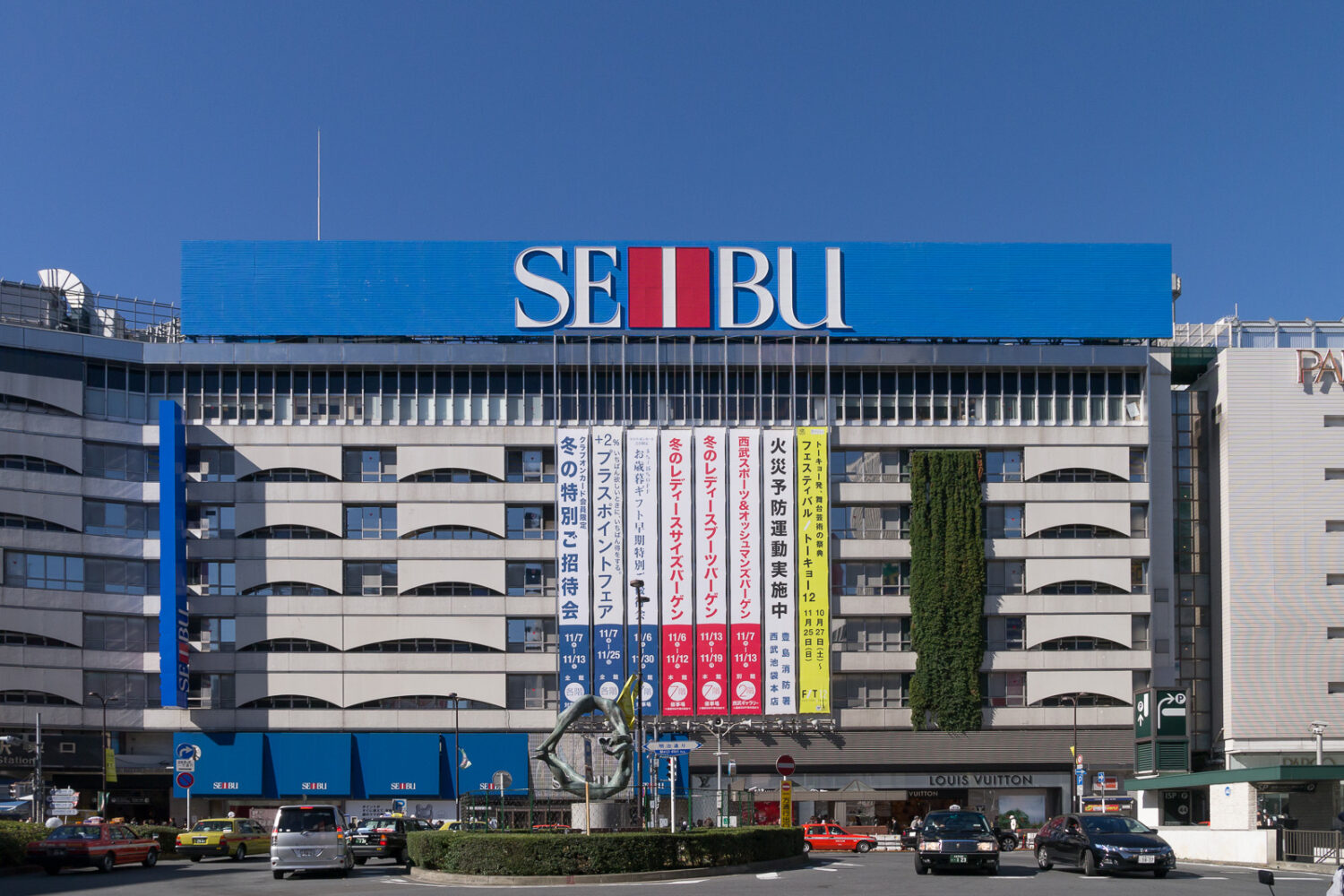Seibu's M&A uproar: A masterclass in what CFOs should not overlook
There is a silent power emerging in the M&A space – the employee. CFOs cannot afford to ignore employee sentiments, as proven by Sobo & Seibu’s strikes in Japan
There is a silent power emerging in the M&A space – the employee. CFOs cannot afford to ignore employee sentiments, as proven by Sobo & Seibu’s strikes in Japan

As of today (August 31) Seven & I Holding’s ledger reflects the finalised sale of Japan’s Sogo & Seibu department stores to Fortress Investment Group. Yet, in a move that underscores the complexities of M&A, the workforce responded with an unanticipated halt in operations, taking to the picket lines.
According to media reports, the price of the sale will be approximately 220 billion yen ($1.5 billion). The acquisition is scheduled to be completed on September 1.
In the high-stakes game of mergers and acquisitions (M&A), numbers often dominate the boardroom. But when the pristine white gloves of Seibu’s workforce were cast aside in protest, it sent a clear message: the human element can no longer be an afterthought.
Led by the Sogo & Seibu trade union, 900 employees are currently striking, the first strike by a major Japanese department store chain in over six decades. As a result, the Ikebukuro main shop is temporarily closed all day.
The strike was triggered by opposition to parent company Seven & I Holdings’ plan to sell Sogo & Seibu, which had been the subject of four rounds of collective bargaining since August. This led to a strike due to concerns about maintaining employment and business continuity.
While M&A might be the lifeblood for corporate giants seeking to expand their territories, it is the heartbeat of the employees that keeps the entity alive. The strategic importance of M&A is undeniable, but as the Seibu saga unfolds, it is evident that overlooking the emotional pulse of the workforce can lead to unforeseen tremors.
Employees are not just numbers on a payroll; in many instances, they are the essence of an organisation. The seismic shock of Seibu’s employees going on strike for the first time in six decades is a testament to the depth of their sentiments.
Ignoring these can lead to not just operational disruptions, but a potential erosion of the very brand itself.
In the intricate dance of cross-border M&A, cultural missteps can be fatal.
Viewing Japan as an endless treasure trove, ripe for the picking, might seem like a lucrative strategy on paper. But as resistance mounts, it is clear there is more at play than just financial figures.
The emotional and cultural fabric of an organization can’t be quantified, but its impact is profound.
“This acquisition of Seibu Department Stores by Fortress makes me wonder about the future of traditional Japanese companies,” says Parissa Haghirian, professor of International Management Solutions at Sophia University in Tokyo.
“How will the acquisition influence the retail landscape in Japan and beyond? What implications will this have for the traditional business model of Japanese stores? What impact will this have on Japanese businesses remaining competitive on a global stage,” she asked.
An M&A isn’t just a business deal; it’s a symphony where every note matters. From transparent overtures to leadership solos that calm the crescendo of fears, engaging the workforce is crucial.
As a recent article by Harvard Business Review suggests, the success of an M&A might just hinge on its announcement. It’s not just about the message, but how it’s orchestrated.
The Seibu labour union’s decision to strike, driven by concerns over job security post-sale, underscores the importance of this. A CFO’s role is to anticipate such reactions and craft strategies that address these concerns while ensuring the financial viability of the deal.
To effectively understand and address the impact of their messages during M&A, CFOs should prioritise stakeholder mapping to identify key concerns and priorities. Collaborating with HR and communications teams can offer deeper insights into employee sentiments.
Emphasising transparency, continuous communication, and cultural sensitivity ensures trust and clarity. By employing feedback mechanisms and scenario planning, CFOs can anticipate reactions, measure the effectiveness of their communication, and adapt accordingly.
At the core of these strategies is a genuine empathy and understanding of the diverse stakeholder perspectives.
Gone are the days when CFOs were mere financial sentinels. Today, they’re the guardians of both fiscal health and organisational harmony. It’s a role that demands empathy, foresight, and strategic thinking.
Balancing spreadsheets is just one part of the equation; understanding the undercurrents of employee sentiments is equally vital.
As the landscape of M&A evolves, the role of the CFO is not just to safeguard assets, but to nurture the very essence of the organisation.
In the grand theatre of M&A, numbers might steal the limelight, but it’s the silent chorus of employee sentiments that can make or break the show. For CFOs, the message is clear: in the quest for financial prowess, the heartbeat of the organisation can’t be silenced.